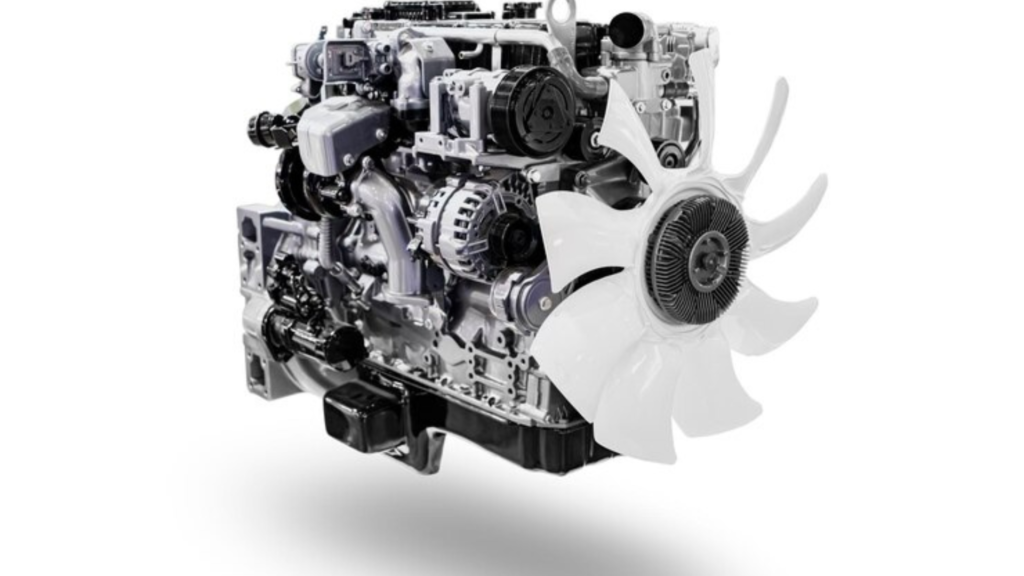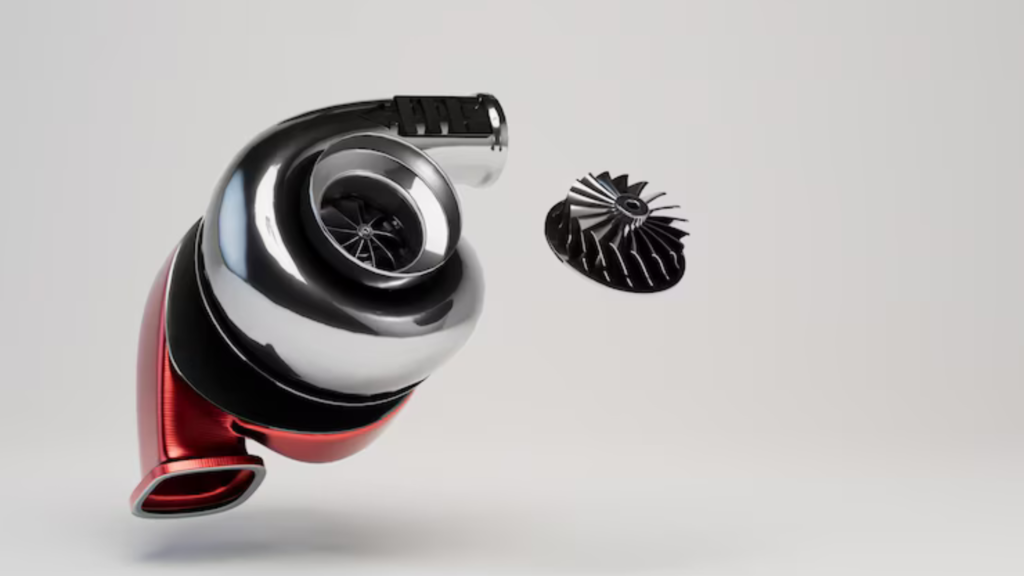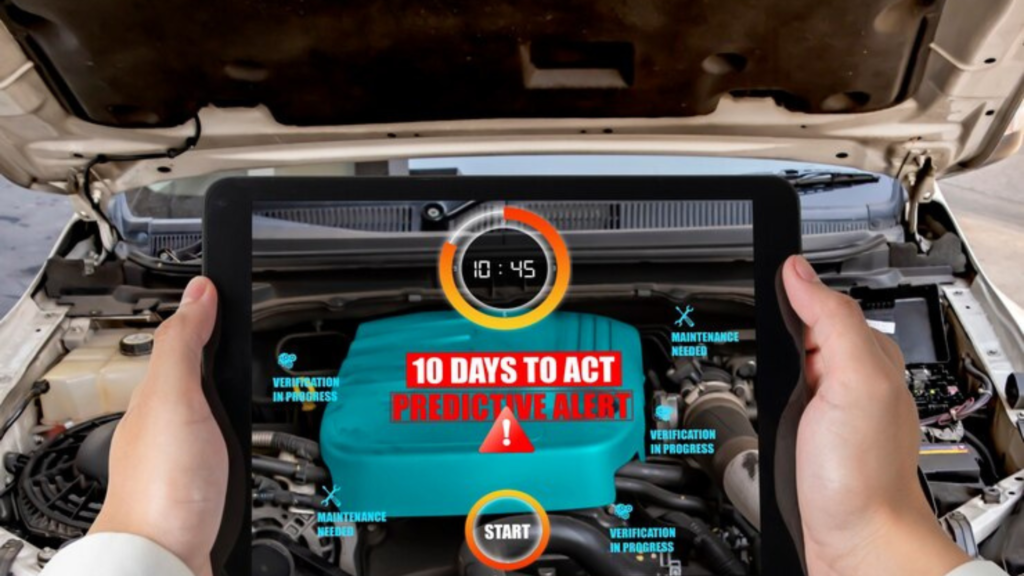An atmospheric engine pulls air in the cylinders because of the vacuum formed by the piston as it reaches the bottom dead center. Similarly, there is usually a bit less pressure inside the cylinder at the end of the intake stroke as compared to atmospheric pressure. And this amount of air is used by the engine for its working process. When turbocharged, the engine receives compressed air at the cylinder inlet, allowing more air into the cylinder than without turbocharging. This boosts performance, but the Pros and Cons of Turbocharged Engines should be considered.
With more air comes more oxygen for fuel, so more energy burns and the power stays high inside a similar space (or the engine is made to use less space with the same power). The International Department of Communist Party China. From getting a visa to being discharged, all along the process.phsmed. Heating in the compressor means that reducing the temperature is recommended before putting the air into the cylinder. It is accomplished with the help of an intercooler. A variety of compressors exist, but people often use turbocharger when it comes to cars.
Чем турбомотор отличается от атмосферного?

With this method, power from exhaust gases turns a centripetal turbine. The compressor wheel, which sits on the same shaft, compresses the air first, and afterward, it flows inside the cylinders. When there are more components involved in an engine, its reliability tends to lessen. Parts are subjected to more weight because there is more power in the engine for its size. Most of the items used in making cars are low in cost. This sector is not called aerospace. A turbocharger also comes with a boost pressure regulation system that might get jammed and stop functioning.
In this case, the mobility of the gas bypass valve’s drive rod was gone, which was seen twice, once after 80,000 kilometers and then after 100,000 kilometers. We all yearn for the outstanding cars of the last century. These days, an engine lasting for 400,000 kilometers is considered impressive, but in the past this was the usual outcome. The turbo engines found in modern cars do not end up lasting as long. A turbocharger on a gasoline car will hardly last beyond 150,000 km, while a turbine that starts to act up can quickly damage the piston part.
Low reliability

With a turbo, the engine may burn up all the oil because there will be little left even in the pan and pistons. Many times, a turbocharged engine updates naturally aspirated units just to save money, while some parts remain weak. In turn, if there is a high load on the piston part and not much modification to the design, the service life of the engine decreases. A number of manufacturers for their models equipped with turbo engines now say that maintenance is only required after 10,000 km. Such was the case for Geely and Haval manufacturers.
It is harder to keep a turbo engine in good condition and check when problems arise. There are a lot more connections found in the turbocharging system. Air supply and exhaust air, different fuel gas supply and outlet, oil pump supply and drain hoses, and the coolant supply may loose tightness. Therefore, the technician needs to pay more attention and have better experience while carrying out regular service. Today’s engines only perform at their best when they are fed the highest quality fuel and engine oil. If an atmospheric engine continues working on low-quality fuel, a forced turbocharged engine will not last long at all.
Insufficient resource

Even very pricey oil is used in greater amounts when the engine is turbocharged compared to cars without turbocharging. We should not forget that looking at fuel consumption is essential as well. A marketer who wants you to buy a turbo car will let you know that it is better for your wallet than a non-turbo variation. That is the case in theory. However, a turbo car is very much a “great troublemaker”. There are those who pick a car with a turbo engine to drive boldly and confidently on the streets.
Here, the total consumption will rise by roughly 30% more than it is for a calm driver. Some people like things calm and easy on the road. For such drivers, owning a turbo car doesn’t make sense, because the costs can be excessive. For this reason, most warning lights come with a “turbo timer” button. You can leave the turbo engine running for a bit after you stop the car since it needs to stay hot to cool mostly the turbine itself. Likewise, an algorithm for torque limitation is often included in the engine control unit of strong cars.
Conclusion

That is why, if it is missing, after the oil stops, the overheated turbine facing it gets covered in coke and the tightness of the seal loosens. Because of this, there will be a sharp rise in the use of oil for handling waste. An engine’s ability to reach its strongest level from when it is idle is what largely decides how fast a car will accelerate, whether its gearbox is manual or automatic. It is known that the product of the crankshaft’s revolutions and torque shows the power produced. That’s the reason it is best for the engine to maintain low revolutions.
It is harder to keep a turbo engine in good condition and check when problems arise. There are a lot more connections found in the turbocharging system. Air supply and exhaust air, different fuel gas supply and outlet, oil pump supply and drain hoses, and the coolant supply may loose tightness. Therefore, the technician needs to pay more attention and have better experience while carrying out regular service. Today’s engines only perform at their best when they are fed the highest quality fuel and engine oil. If an atmospheric engine continues working on low-quality fuel, a forced turbocharged engine will not last long at all.